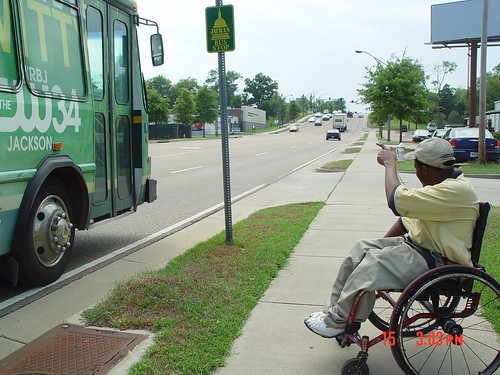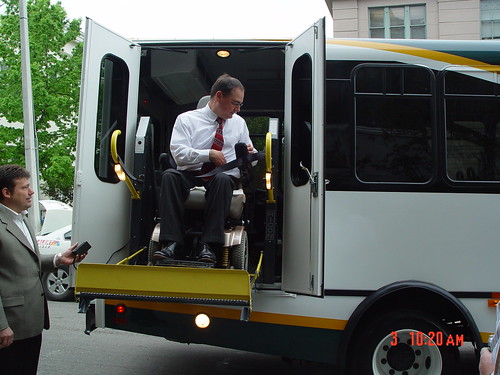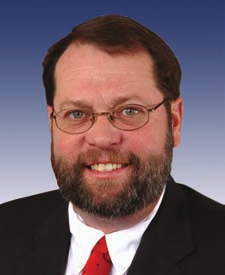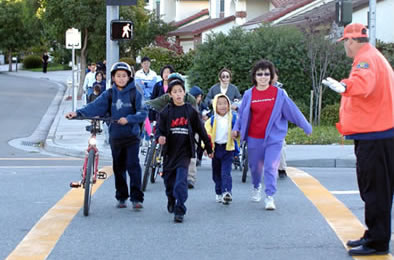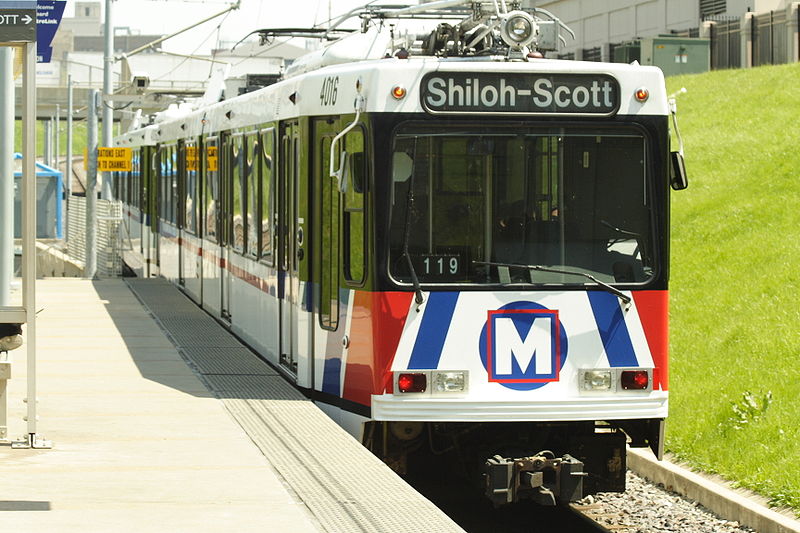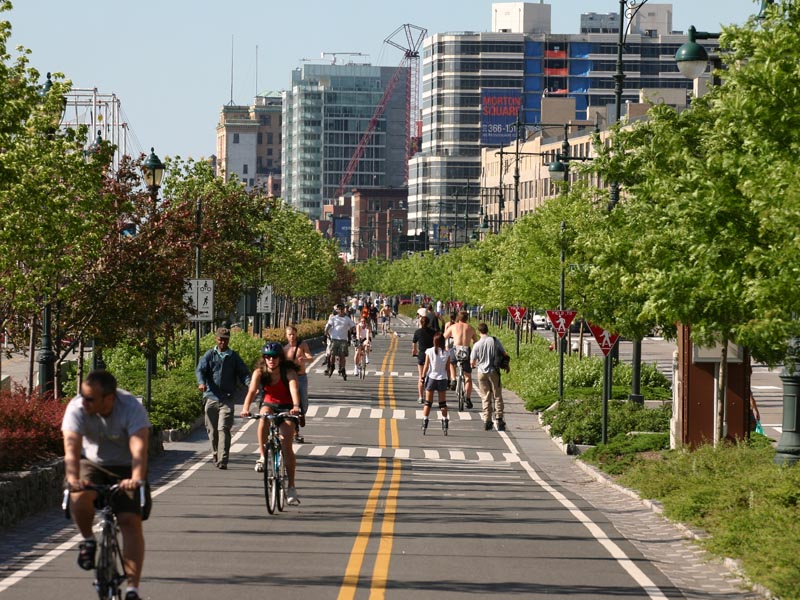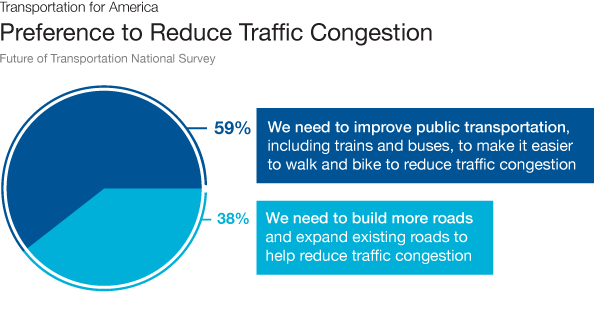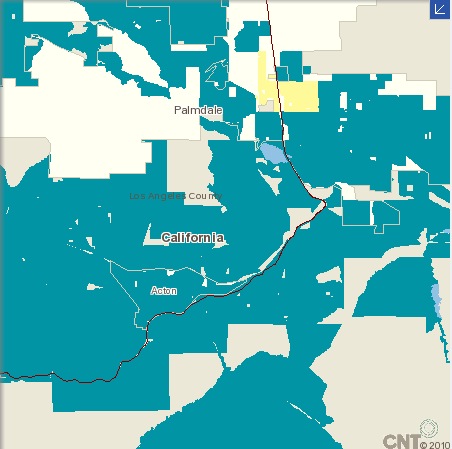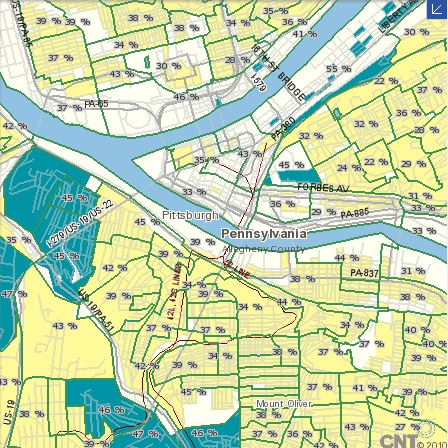Transportation for America was proud to co-author and circulate a letter thanking Secretary Ray LaHood for The U.S. Department of Transportation’s recent policy statement elevating walking and biking in national policy, “giving bicycles and pedestrians a seat at the transportation table,” as the Secretary put it on his blog this morning.
Last Friday, several of us at T4 took that appreciation a step further — or, several pedals further — by cycling with a handful of national partners, our local partners from the Washington Area Bicyclists Association, and about 50 local bicyclists to the DOT Headquarters across town to thank the Secretary in person.
The ride from Freedom Plaza at 14th and Pennsylvania in Northwest DC to the DOT building near the Southwest waterfront district took about 25 minutes. Most of the ride was taken on bike lanes, a number of which are relatively new, including new separated lanes right in the center of America’s main street, Pennsylvania Avenue.
Watch and share this video from Friday’s ride that we put together:
LaHood was on hand to receive our large bicycling posse, a group which collectively represented more than 200 organizations from every state in America. Lilly Shoup spoke on behalf of T4 America and was joined by Barbara McCann from the National Complete Streets Coalition, Margo Pedroso from the Safe Routes to School National Partnership and Randy Neufield of America Bikes, who joked to LaHood: “it’s not surprising that people who ride bikes like your new policy.”
The Washington Area Bicyclists Association, one of signatories on the letter and a local T4 partner, presented LaHood with a thank you poster signed by hundreds of DC-area bicyclists at Bike to Work Day.
Making our streets safer and more accessible for bicyclists and pedestrians of all ages and abilities is serious business to LaHood, a former Republican Congressman from Peoria, Illinois who cannot be accused of losing touch with mainstream Americans. LaHood goes home often and can be seen on weekends biking with his wife or grandchildren on converted rails-to-trails in both Illinois and Washington.
“You really do great honor to the people at DOT,” LaHood said, intentionally turning his back on the cameras for a few minutes to speak directly to the bicyclists gathered behind him. “What you have done is begin to change some attitudes on Capitol Hill.”
 |
| LaHood and to-be-named DC Bikeshare bike Originally uploaded by Transportation for America |
The Secretary is right about that. Ohio Congressman Steve LaTourette, for instance, went from questioning whether LaHood’s policy statement on bicycle and pedestrian options was the product of drug use at USDOT to backpedaling with a pro-cycling message on his website actively endorsing the idea. LaTourette heard from his constituents, who liked the bike paths he bad been bringing back to the district over the years, and he listened.
Secretary LaHood was clear about that point: this change in policy is a reflection of what Americans are demanding, a theme which he returned to time and time again in his remarks.
The Secretary also knows, as do many of our partners, that we won’t make lasting progress on increasing walking and biking options without a comprehensive, forward-thinking reauthorization of our surface transportation law. In this crucial six-year bill, we can put real resources into projects that get kids walking to school safely, families biking together on the weekends, short trips being made by foot or bike, and everyone able to live a more active and healthy life.
LaHood was very gracious, saying this morning that our visit was a “great way to start the summer,” and we couldn’t agree more.




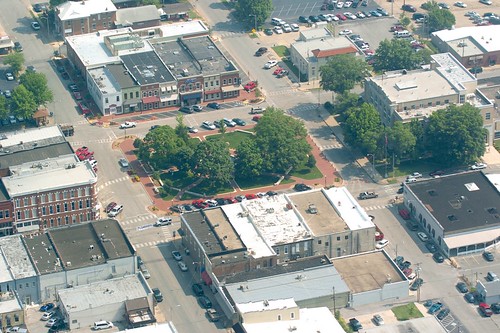

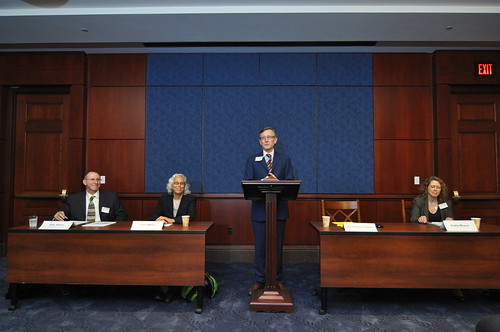
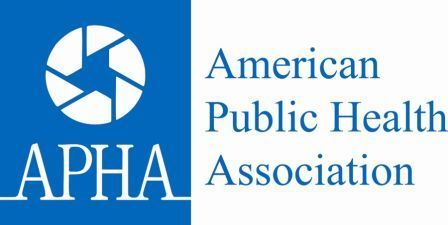
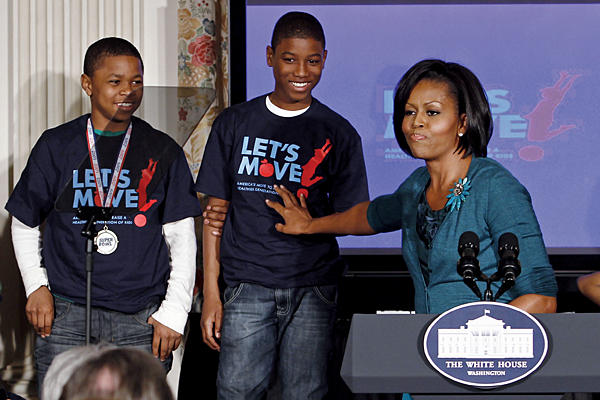
 In the midst of discouraging news coming from hundreds of transit agencies across the country facing difficult choices in the midst of budget crises (
In the midst of discouraging news coming from hundreds of transit agencies across the country facing difficult choices in the midst of budget crises (